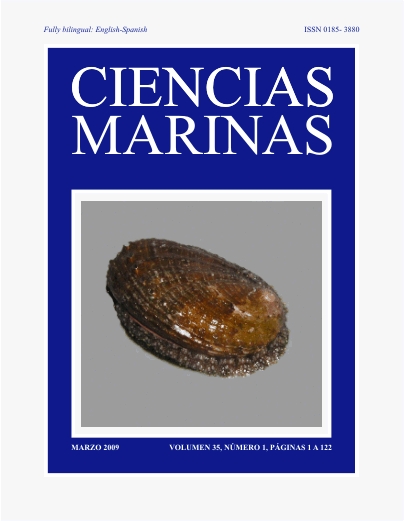A multivariate approach to the feeding ecology of the Channel flounder, Syacium micrurum (Pisces, Pleuronectiformes), in Cape Verde, Eastern Atlantic
Main Article Content
Abstract
The feeding ecology of the Channel flounder, Syacium micrurum, from Cape Verde was studied in November 2003 and April 2004, using frequency of occurrence and percentage by number indices, as well as multivariate analyses. Overall, S. micrurum exhibited a generalist feeding strategy with a relatively broad niche width. Analyses indicated Crustacea (especially Brachyura) and Polychaeta as the dominant prey items, although other items, such as Foraminifera, Caridae or Actinopterigii, were preyed on more often or in larger quantities, depending on the sampling date. An ontogenetic shift in diet was also observed with smallsized individuals mostly consuming Crustacea, whereas medium- or large-sized specimens fed on Actinopterigii more often. Diet composition appeared to be more related to differences in benthic assemblages between sampling dates due to the geographical characteristics of Cabo Verde. Results presented here support the need for further studies in the area, mainly those considering the composition and seasonal variation of invertebrate communities, to improve the knowledge of the trophic structure of commercially important species within this area.
Downloads
Article Details
This is an open access article distributed under a Creative Commons Attribution 4.0 License, which allows you to share and adapt the work, as long as you give appropriate credit to the original author(s) and the source, provide a link to the Creative Commons license, and indicate if changes were made. Figures, tables and other elements in the article are included in the article’s CC BY 4.0 license, unless otherwise indicated. The journal title is protected by copyrights and not subject to this license. Full license deed can be viewed here.

